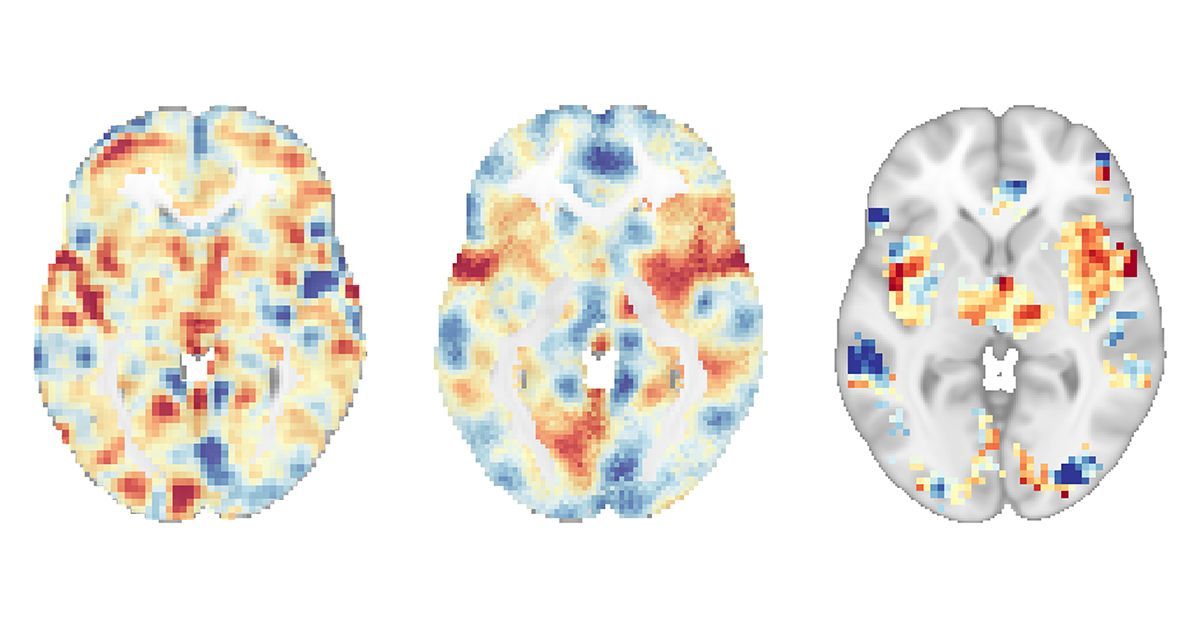2024-09-04 マサチューセッツ工科大学(MIT)
<関連情報>
- https://news.mit.edu/2024/mit-chemists-explain-why-dinosaur-collagen-survived-millions-years-0904
- https://pubs.acs.org/doi/10.1021/acscentsci.4c00971
n→π*相互作用によるパウリ排除: 古生物学への示唆 Pauli Exclusion by n→π* Interactions: Implications for Paleobiology
Jinyi Yang,Volga Kojasoy,Gerard J. Porter,Ronald T. Raines
ACS Central Science Published: September 4, 2024
DOI:https://doi.org/10.1021/acscentsci.4c00971
Abstract

Proteins have evolved to function in an aqueous environment. Collagen, which provides the bodily scaffold for animals, has a special need to retain its integrity. This need was addressed early on, as intact collagen has been detected in dinosaur fossils, even though peptide bonds have a half-life of only ∼500 years in a neutral aqueous solution. We sought to discover the physicochemical basis for this remarkable resistance to hydrolysis. Using experimental and computational methods, we found that a main-chain acyl group can be protected from hydrolysis by an O···C═O n→π* interaction with a neighboring acyl group. These interactions engage virtually every peptide bond in a collagen triple helix. This protection, which arises from the Pauli exclusion principle, could underlie the preservation of ancient collagen.


